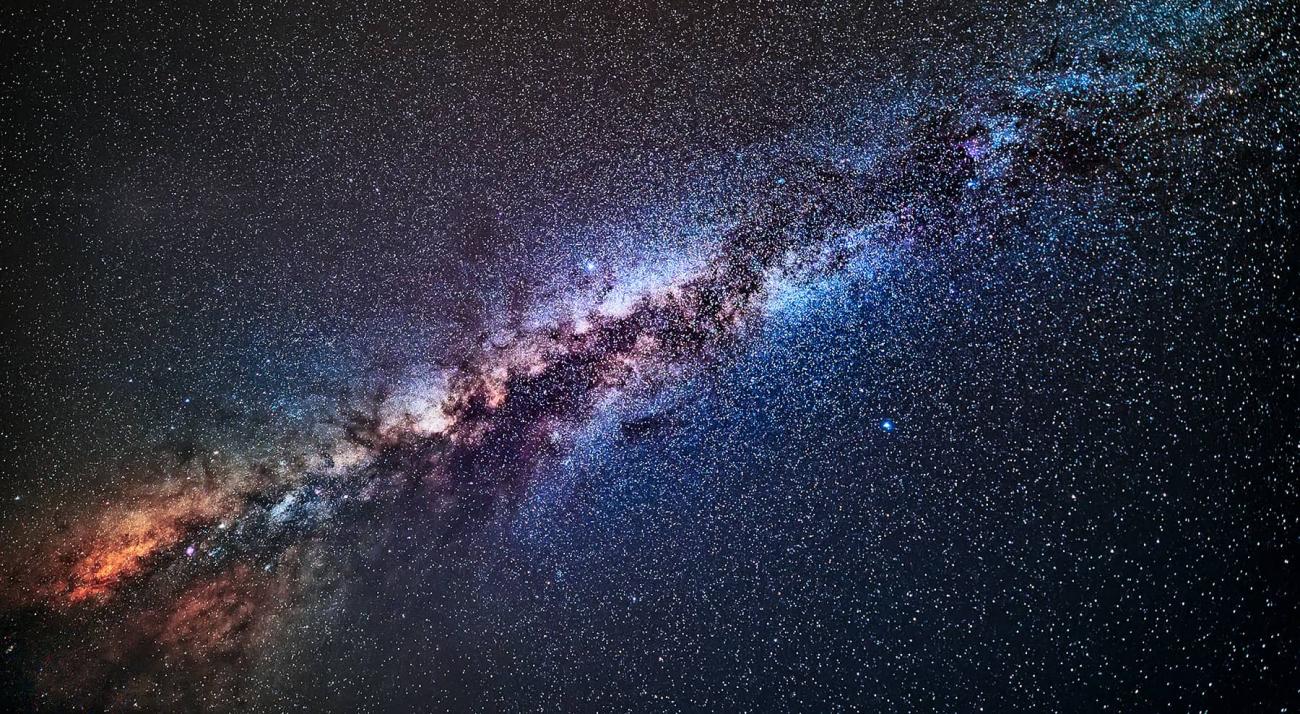From the mysteries of dark matter to the first trillionth of a second after the Big Bang, astrophysicists at Ohio University are probing the universe for answers.
Two decades ago, Ohio University committed its faculty expertise to the Structure of the Universe Project—from the tiniest bits of matter to the largest galaxies in the cosmos.
Since then, Doug Clowe 's work using the "Bullet Cluster," a merger of two clusters of galaxies, provided the first direct evidence that dark matter must exist independently of any assumptions about how gravity works on cosmic scales. Hee-Jong Seo is measuring the effects of dark energy driving the accelerated expansion of the universe by making the biggest map ever —a 3D slice of the universe 6 billion light-years wide, 4.5 billion light-years high, and 500 million light-years thick. She also validated first-year results from the Dark Energy Spectroscopic Instrument (DESI) at Kitt Peak National Observatory. And Madappa Prakash was awarded the most prestigious prize in the field of nuclear astrophysics , for his research about neutron stars and black holes.
Ohio University is a member of the MDM Consortium, which owns and operates the 1.3-meter and 2.4-meter telescopes at the MDM Observatory, on Kitt Peak in Southern Arizona. Astrophysical Institute faculty members also sponsor programming at the Ohio University Observatory .
In September 2004, Ohio University 's Board of Trustees authorized the establishment of the Astrophysical Institute, recognizing the growth in astrophysical research at the university and Ohio University 's national and international reputation in this field. The astrophysics group in the Department of Physics and Astronomy in the College of Arts & Sciences involves increasing numbers of undergraduate and graduate students in research and has forged a vigorous collaboration of faculty with active research programs that make use of major telescopes around the world and in space.




